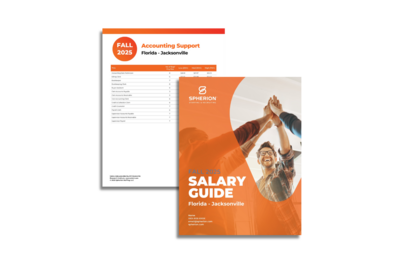Unemployment Rate Dips Lower
Job Growth
The labor market added 147,000 new jobs in June. This activity was slightly ahead of the 144,000 recorded for May (following the addition of 5,000 more jobs than the 139,000 originally reported).
Top Industries
The most significant growth in June was seen in state and local government and healthcare.
Unemployment
The latest data reflects a slight lowering of the unemployment rate, from 4.2% in May to 4.1% in June.
Wages
Compensation trends were fairly steady from May to June, with an increase in wages of 8 cents per hour or 0.2%. This changed the increase in average hourly earnings to 3.7% when measured over the past 12 months.
Work Week
Breaking a three-month trend, the average work week in June dipped down slightly to 34.2 hours.
Temporary Job Trends
The May jobs report offered more positive insights on the temporary jobs sector. While 2,600 temp jobs were lost in June, restatements of the prior two months tempered the previously reported trends. A loss in May, initially reported as 20,200, was revised to a smaller loss of 5,700. An increase in temp employment in April, initially reported as 3,100, was increased to 16,900.
What Does It All Mean?
Despite oft-voiced concerns about an anticipated slowdown in the economy, the June jobs report offered another solid snapshot of growth in the labor market. The unemployment rate ticked down slightly, but there were no big surprises in the latest monthly report.
The jobs market remains resilient in the face of ongoing uncertainty surrounding the future of the economy, from tariffs and geopolitical tensions to immigration, inflation, and interest rates.
Focusing more closely on the labor market, there are a few potential red flags of note. Recent growth has been heavily concentrated in just a few sectors, with less expansion across a broader spectrum of industries. Additionally, the overall labor force has not grown by any appreciable measure, the unemployment rate is edging up for selected segments of the workforce, and it is taking people longer to land new positions.
While the current outlook may seem more focused on wait-and-see than what’s next, use the time to uncover new opportunities and maximize every talent advantage to prepare for the future, whatever it holds.
Sources: U.S. Bureau of Labor Statistics (BLS), Staffing Industry Analysts, NBC News, CNN, CNBC, MarketWatch, Bloomberg, The New York Times, FOX, Forbes






